Orlando didn’t always buzz with tourists and theme park magic. Back in the day, this place moved slow—just swamps, orange groves, and families hoping Florida’s sunshine would bring them something new.
People spent their days working the land, growing citrus, and building a life far removed from roller coasters or resorts. Agriculture shaped those early years, and honestly, it’s wild to imagine how different things looked.
Walt Disney’s announcement in the 1960s flipped everything upside down, turning Orlando from a sleepy citrus hub into the world’s theme park capital. Disney’s arrival sparked a tourism boom, brought in jobs, and lured new folks to the area. These days, millions flock to Orlando, chasing the thrill of its legendary parks.
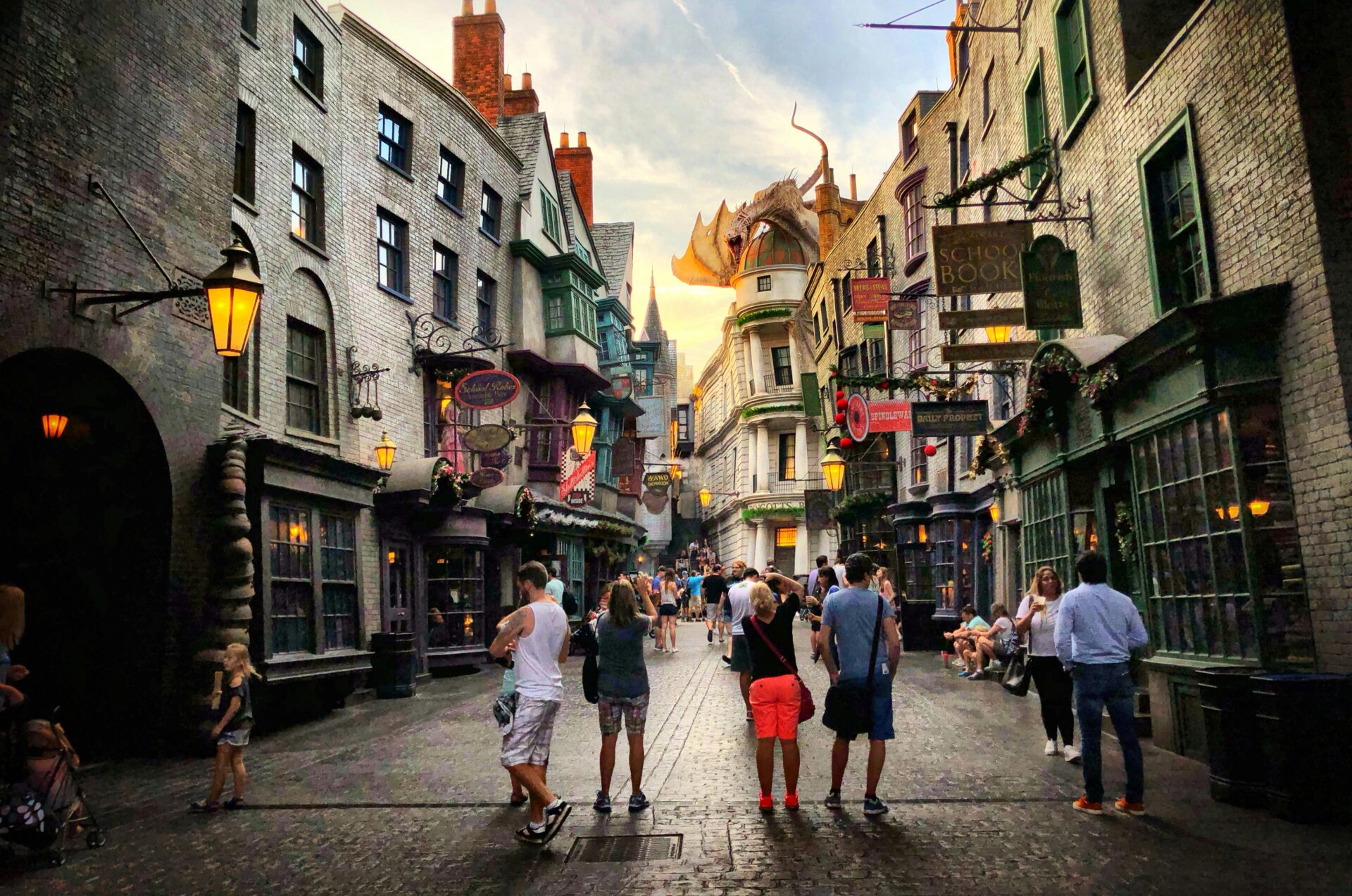
Orlando’s Early Origins and Naming
Long before Mickey or roller coasters, Orlando’s roots ran deep. The land tells stories of native peoples, colonists, and soldiers—each era layering its own mark on the city’s beginnings.
Timucua and Indigenous Roots
Before Europeans showed up, the Timucua and later the Seminole peoples called this area home. The Timucua thrived here for thousands of years, building villages near lakes and rivers.
They fished, farmed, and hunted, making tools and pottery from whatever nature offered. Trade with nearby tribes kept life interesting. Chiefs and spiritual leaders guided their communities, shaping daily routines and beliefs.
European settlers eventually arrived, and with them came disease and conflict. The indigenous population dwindled. By the early 1800s, the Seminoles—an incredible blend of different tribes and escaped enslaved people—had settled in, shaping the land and keeping their traditions alive through farming and hunting.
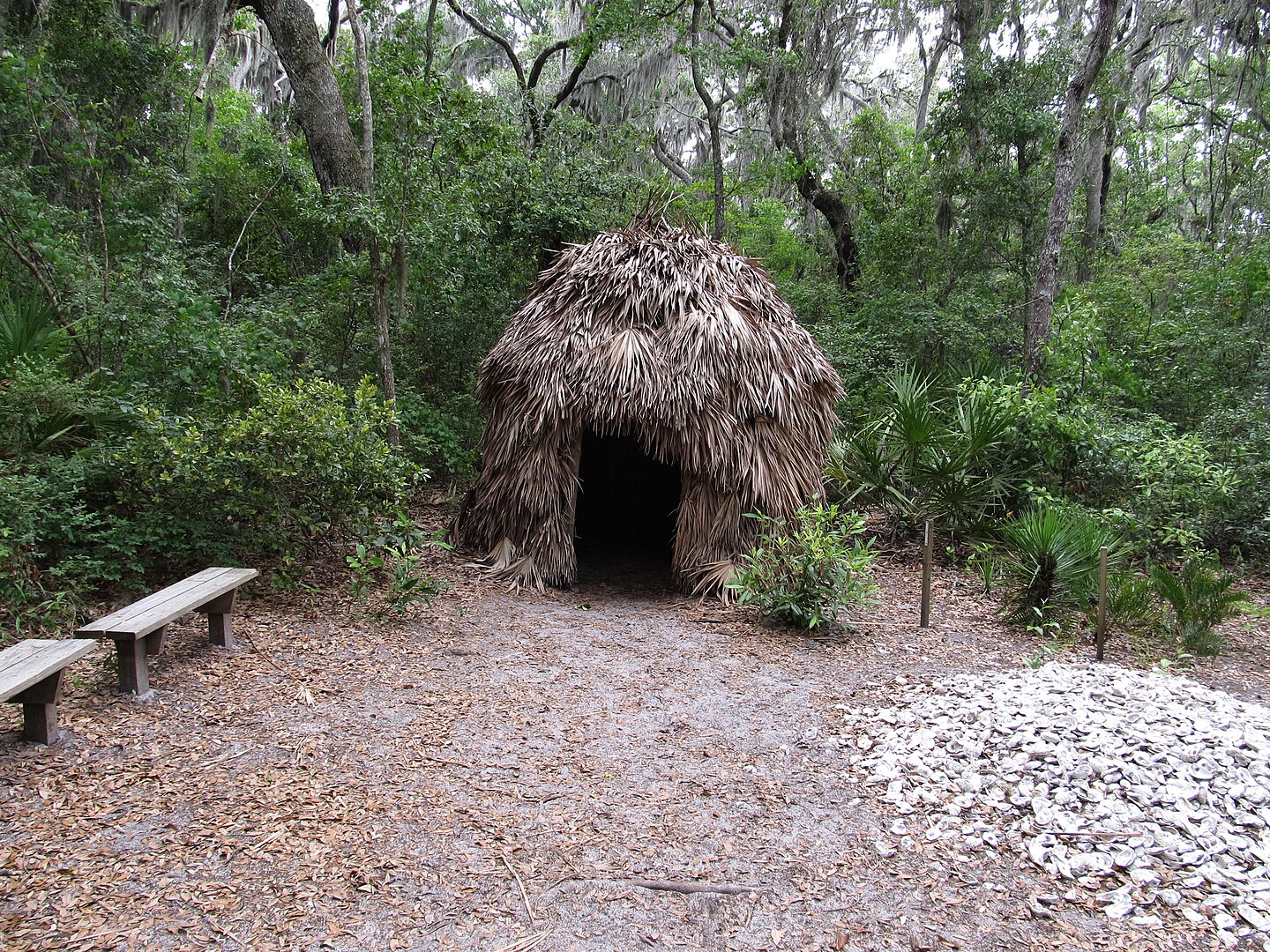
Spanish and British Influences
Spain took control of Florida in the 1500s and built missions and trading posts to spread Christianity. These missions changed tribal life, but conflict and disease often cut them short.
In 1763, the British took over after the Seven Years’ War. They tried to build up trade and plantations, but Orlando’s inland location kept it mostly wild and unsettled.
Key European Impacts:
- Built missions and trading posts
- Introduced new crops and animals
- Changed tribal life and population
Spain got Florida back at the end of the 18th century, but not much stuck. Power shifted, but the groundwork was set for American expansion.

Second Seminole War and Military Significance
The Second Seminole War (1835–1842) changed everything for Orlando. The U.S. Army built forts like Fort Gatlin to protect settlers and launch campaigns against the Seminoles.
As the war pushed many Seminoles out, new settlers arrived, hungry for land. Soldiers and pioneers used military roads, which later shaped how communities grew.
After the fighting ended, people poured in, eager to farm cattle and oranges. Fort Gatlin became the seed for what would grow into Orlando. The city’s military roots still echo in its early street patterns and neighborhoods.

The Citrus Era: Orlando’s Agricultural Foundation
For decades, Orlando relied on citrus to keep the lights on. Orange groves weren’t just scenery—they were the city’s heartbeat.
Rise of the Citrus Industry
Citrus farming really took off after the Civil War. Spanish explorers had brought orange trees centuries earlier, but it took a while for things to get big.
By the late 1800s, orange groves covered thousands of acres around Orlando. Oranges, grapefruit, and other fruits drove the local economy.
Families and bigger growers ran groves and packing houses, sending fruit all over the state. By 1917, oranges topped Florida’s food crop list. Life here revolved around the citrus season—farming, picking, shipping. The scent of orange blossoms was everywhere, and it kind of defined the city.

South Florida Railroad and Economic Growth
The South Florida Railroad rolled in around 1880, and wow, did it shake things up. Before trains, moving fruit was slow and expensive.
Rail lines connected Orlando to northern markets, letting growers sell more fruit, faster, and for better prices. The population jumped from about 200 in 1880 to over 1,600 just four years later.
Businesses and hotels set up near the railroad, and Orange Avenue became the city’s business core. Orlando’s layout started shifting west, following the tracks.
Efficient shipping brought in new businesses and more people, all hoping to cash in on the citrus boom.

Legacy of the Citrus Boom
Even today, you can spot the citrus industry’s fingerprints all over Orlando. Hard freezes in the 1890s and 1980s wiped out a lot of groves, but for over a century, citrus ruled.
Neighborhoods now sit where groves once grew. Street names and local festivals still nod to that agricultural heritage.
Key Points:
- Citrus brought jobs and steady growth
- The boom shaped land use and the city’s population
- Local traditions still honor the citrus era
Citrus laid the foundation for Orlando’s future, making it possible for the city to reinvent itself when the time came.
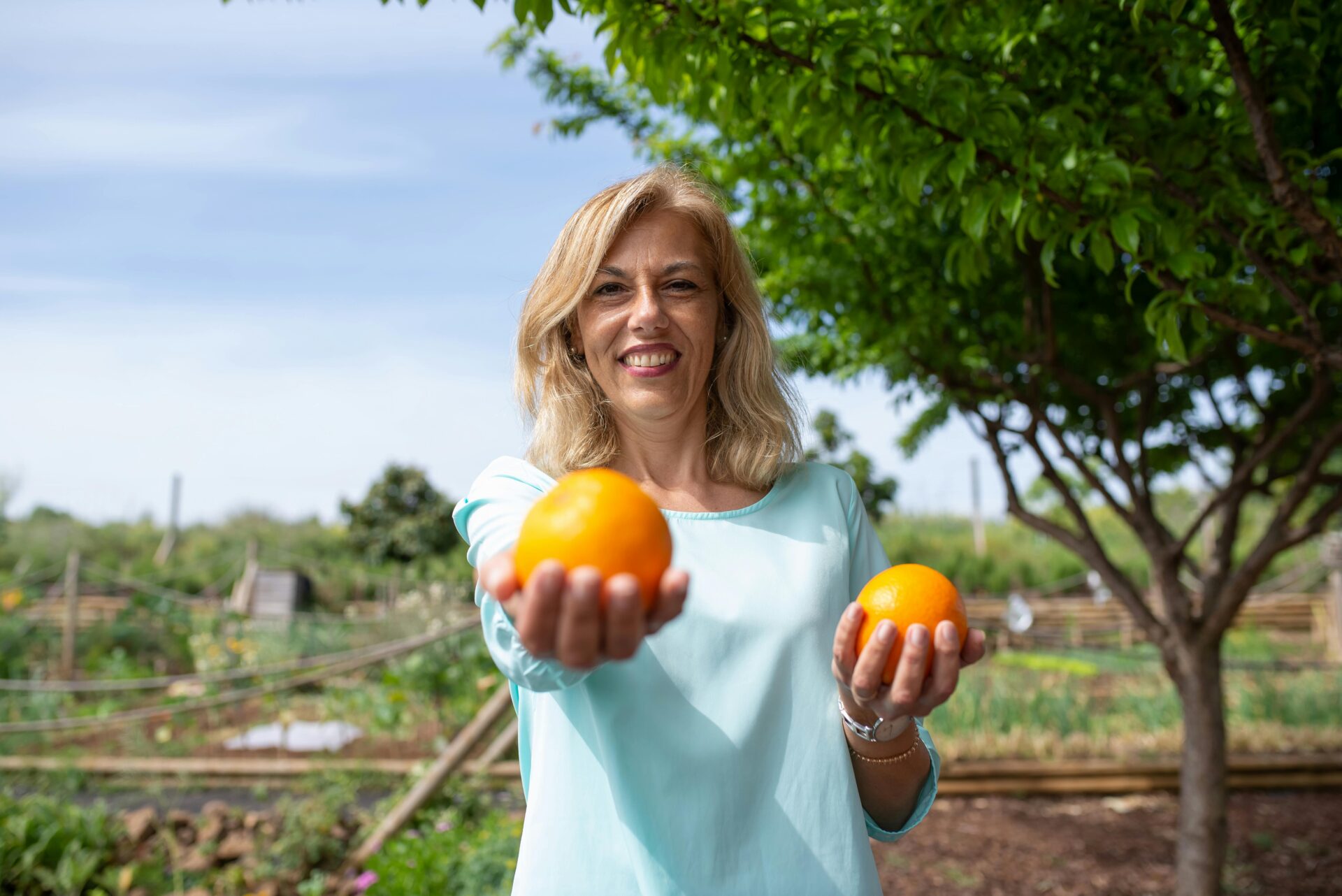
Turning Point: Arrival of Walt Disney and the Birth of Theme Parks
Walt Disney changed Orlando forever. His dreams turned a quiet farming town into a global tourism magnet.
Walt Disney’s Vision for Orlando
Walt Disney saw something in Orlando that others missed. In the 1960s, this place was still mostly groves and fields. Disney liked the cheap land and gentle weather.
He dreamed of his “Experimental Prototype Community of Tomorrow”—EPCOT—and needed space for big ideas. He wanted a place that could handle millions of visitors and bring his vision to life.
Disney bought land quietly, using dummy corporations to keep prices down and control development. That move let him shape Orlando’s future almost single-handedly.

Opening of Walt Disney World
Walt Disney World opened its gates on October 1, 1971. The Magic Kingdom led the way, followed by new parks and resorts like EPCOT and Disney’s Hollywood Studios.
Opening Day Facts:
| Opening Date | Main Park | Attendance (Opening Day) |
|---|---|---|
| Oct 1, 1971 | Magic Kingdom | ~10,000 visitors |
Crowds showed up right away. Hotels, restaurants, and businesses sprang up to serve them. Unlike Disneyland in California, Disney World had room to sprawl, bringing in more jobs and long-term investment.
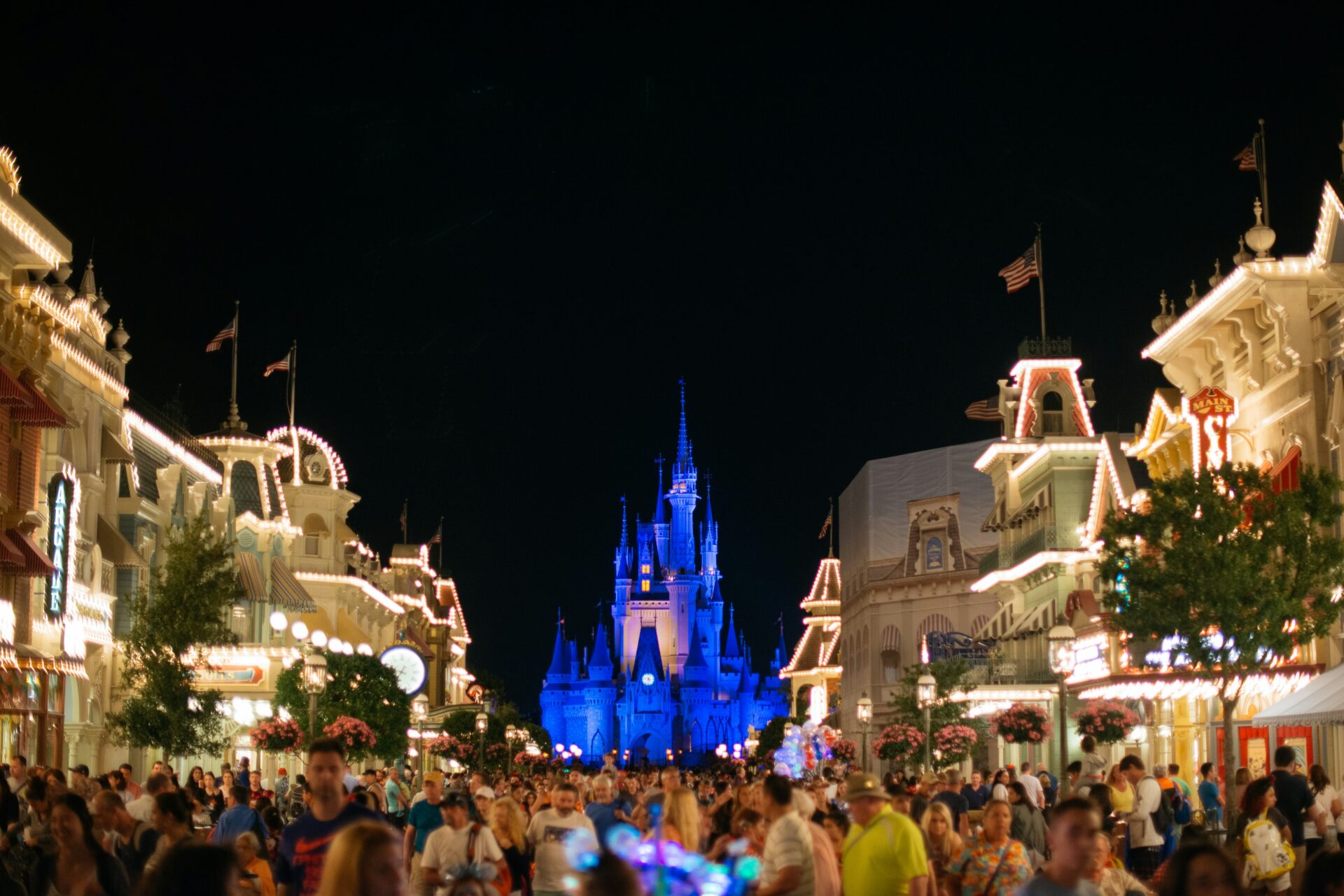
Impact of Mickey Mouse and Pop Culture
Mickey Mouse became the face of Disney World and, honestly, of Orlando itself. His image brought modern American pop culture right into the city’s heart. Tourists from all over the world came to meet Mickey, and that fueled a wave of international visitors.
Mickey’s fame changed expectations. Theme parks started focusing on storytelling, characters, and immersive worlds. Disney put Orlando on the map as the center of themed entertainment.
Movies, TV specials, and pop culture buzz kept spreading the magic, and Orlando’s reputation as a family wonderland just kept growing.

Infrastructure Expansion and Tourism Growth
Disney’s arrival forced the city to grow up fast. New highways, expanded airports, and better public services popped up to handle the crowds and new residents. Roads like Interstate 4 and the Florida Turnpike got major upgrades.
Hotels and resorts appeared everywhere, built by Disney and others. Neighborhoods, schools, and shops followed as more people moved in.
Tourism became the city’s new backbone. Orlando shifted from farming to fun, and the transformation happened almost overnight.

Emergence as the Theme Park Capital of the World
Orlando’s rise as the world’s theme park capital didn’t happen by accident. Big entertainment companies kept investing, and tourists just kept coming, year after year.
Universal Studios Florida and SeaWorld jumped in, helping turn Orlando into a true entertainment powerhouse.
Universal Studios Florida Expansion
Universal Studios Florida shook things up when it opened in 1990. The park focused on movie-based rides and live shows—something fresh for Orlando.
Universal kept growing, adding Islands of Adventure with The Wizarding World of Harry Potter. Suddenly, fans from all over the world wanted to visit both parks.
Key Milestones at Universal Studios Florida:
| Year | Milestone/Event |
|---|---|
| 1990 | Universal Studios Florida opens |
| 1999 | Islands of Adventure opens |
| 2010 | The Wizarding World of Harry Potter debuts |
| 2017 | Volcano Bay water park opens |
Universal’s expansion made Orlando even more of a must-see spot for entertainment lovers.
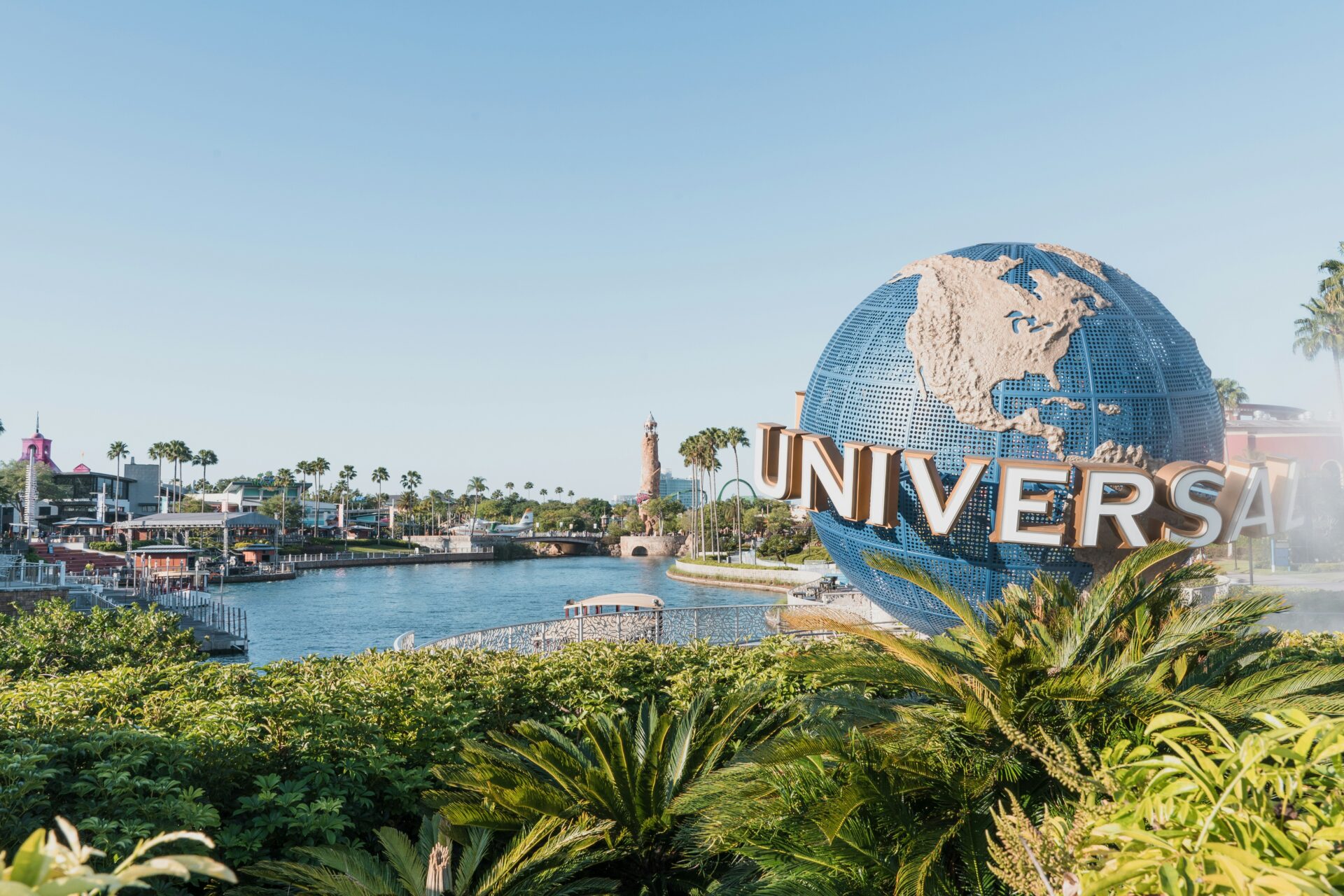
The Role of SeaWorld
SeaWorld opened in 1973 and brought something different—a mix of marine life, rides, and education. SeaWorld carved out a unique space by focusing on ocean animals and conservation.
Signature attractions like Shamu and coasters like Mako gave it an edge. SeaWorld’s blend of learning and fun pulled in families looking for more than just rides.
Seasonal events, animal rescues, and water parks like Discovery Cove and Aquatica added even more reasons to visit. SeaWorld helped keep Orlando’s appeal broad and visitor numbers strong.
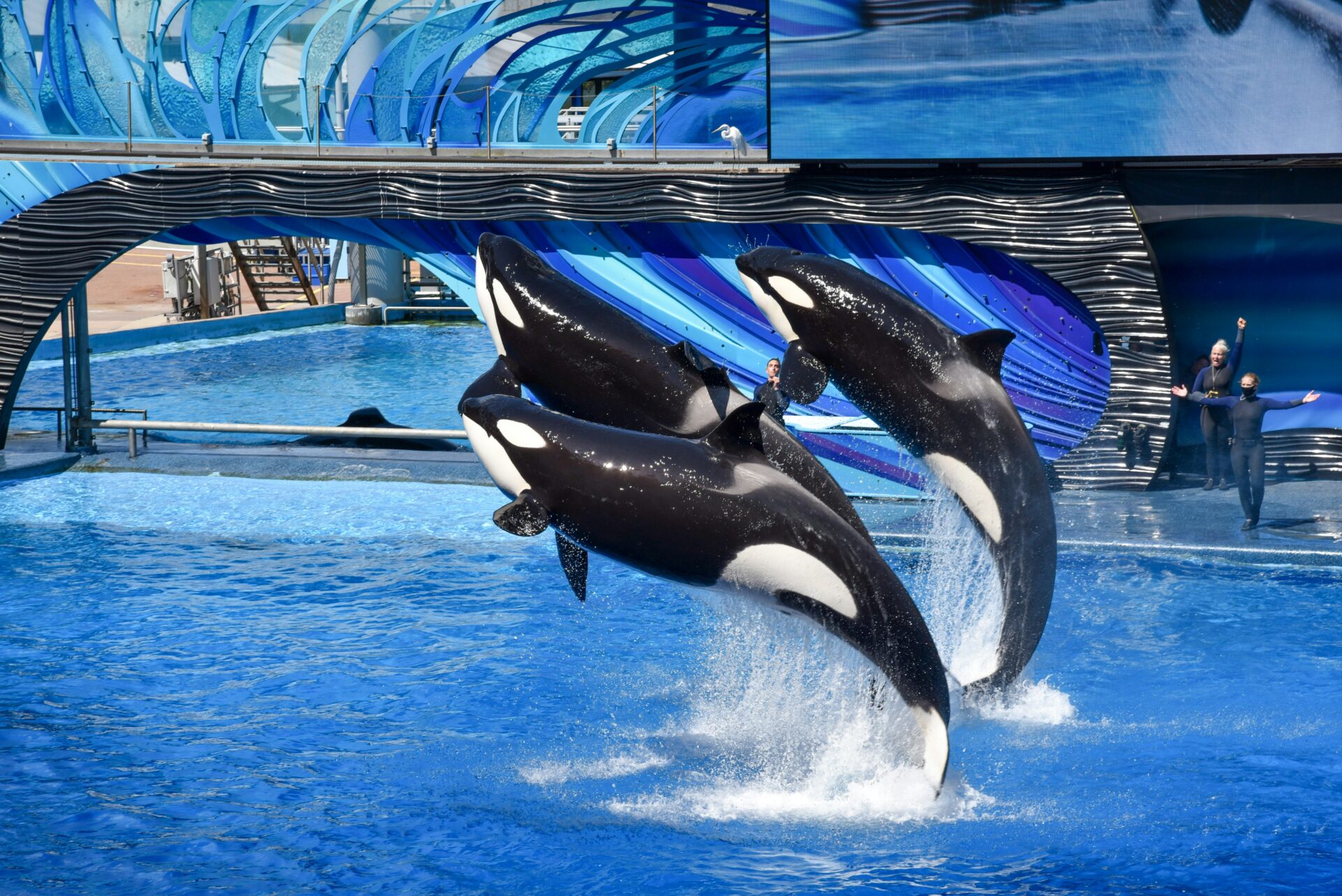
Becoming a Global Tourist Destination
Orlando’s numbers tell the story. In 2023, over 75 million tourists visited, supported by a huge network of hotels, restaurants, and easy transportation.
The city’s location and Orlando International Airport (MCO) make it easy to reach, whether you’re coming from across the country or around the world. International Drive is packed with attractions, shopping, and dining that go way beyond the parks.
Big conventions, new attractions, and constant investment keep Orlando’s tourism scene fresh. It’s a city that never stops growing, always looking for the next big thing.

Diversification Beyond Theme Parks
Orlando isn’t just about theme parks anymore. The city offers a buzzing entertainment scene, a busy convention calendar, and tons of outdoor spaces for locals and visitors alike.
There’s always something new to discover—if you know where to look.
International Drive and Entertainment Venues
International Drive, or I-Drive, buzzes with energy as one of Orlando’s busiest areas. You’ll spot hotels, restaurants, shops, and entertainment complexes lining the street—there’s always something catching your eye.
The Wheel at ICON Park really stands out. I remember hopping on it for a sunset view, and wow, the city looked incredible from up there.
If you’re into quirky attractions, Madame Tussauds and SEA LIFE Orlando Aquarium offer something a little different. It’s not all about the theme parks here—there’s a surprising amount of variety.
When it comes to food, you can grab anything from a quick bite to a fancy steak dinner. Mango’s Tropical Café and Pirate’s Dinner Adventure put on live shows that are honestly a blast, especially if you want a break from roller coasters.
Getting around I-Drive is a breeze, whether you’re with family or just hanging out with friends. The place never really slows down thanks to its central spot and the sheer number of things to do.
Honestly, I-Drive keeps Orlando’s reputation as a must-visit city alive and well.

Convention and Conference Industry
Orlando’s Orange County Convention Center (OCCC) ranks among the largest in the country. I’ve seen it host massive trade shows, conferences, and business events all year long.
Its spot near I-Drive means attendees can easily find hotels, restaurants, and things to do after hours. That convenience makes a huge difference, especially for first-time visitors.
Hotels around here offer a staggering number of rooms, so even the biggest groups find a place to stay. Conferences draw people in from all over the world, which keeps local shops and eateries buzzing—even during the school year.
This steady stream of visitors creates jobs and pours billions into the local economy. Plenty of business travelers stick around an extra day or two just to soak up the city’s fun side.

Outdoor Recreation and Natural Attractions
Orlando’s parks, lakes, and gardens? They really let you escape the usual tourist crowds.
I love wandering through Lake Eola Park downtown. There’s something charming about watching swan boats glide across the water or stumbling upon a local festival.
With over 100 parks scattered around the city, you’ll never struggle to find a patch of green. Sometimes, I’ll just pick one at random and see what’s happening.
If you’re into wildlife and quiet trails, check out Orlando Wetlands Park or Tibet-Butler Nature Preserve. Both places buzz with birds and local critters.
Walking those trails always feels peaceful, and the views are surprisingly stunning for a city best known for its roller coasters.
Plenty of lakes around here invite you to fish, paddleboard, or just drift in a kayak for an afternoon. Getting out on the water feels like a mini-vacation.
Whenever I want a close-up with Florida’s wild side, I make a stop at Gatorland. It’s quirky, educational, and way more fun than you’d expect.
Honestly, Orlando’s natural spots are easy to find and usually well-kept. There’s a little something for everyone, no matter your age or adventure level.

